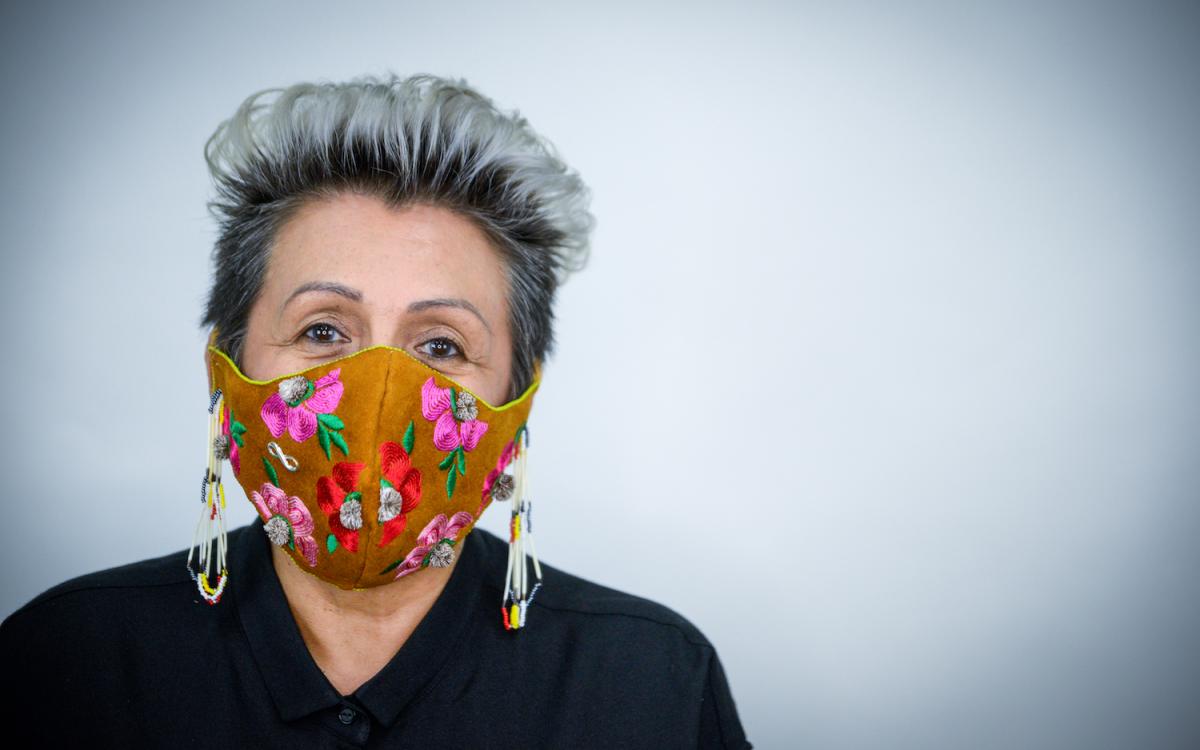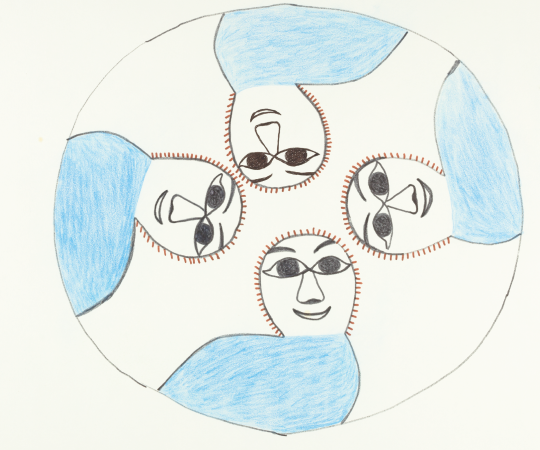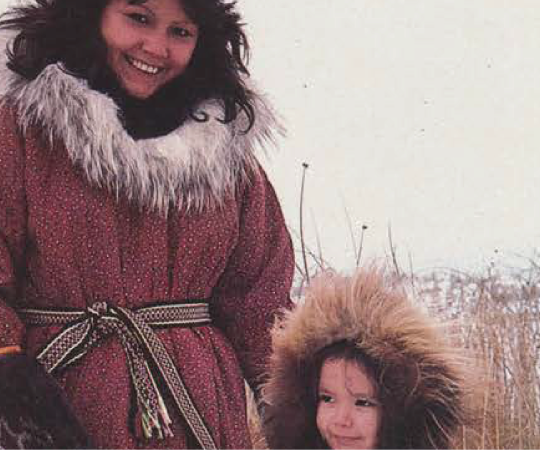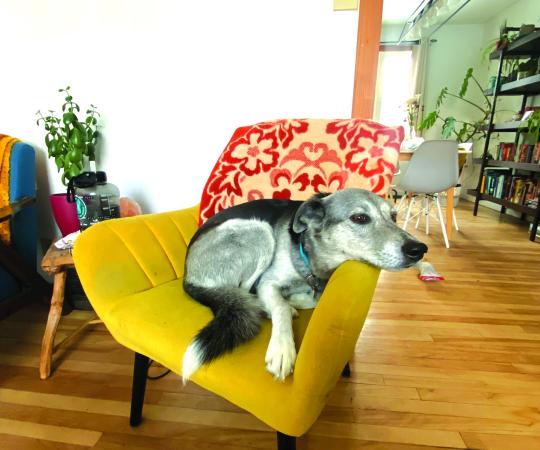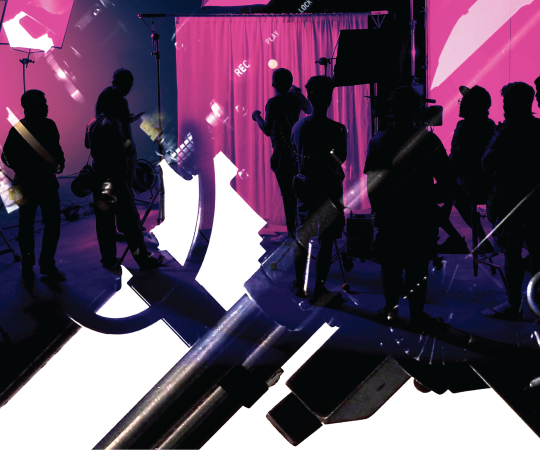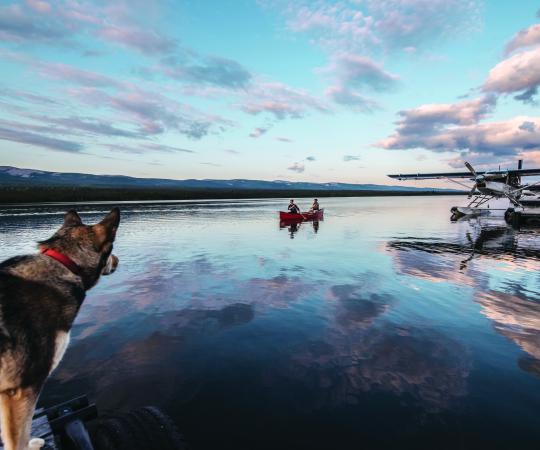It’s been said great art comes from struggle and hardship. If this is true, then COVID-19 could be one of the art world’s greatest patrons. The pandemic has shuttered museums, cancelled concerts, and postponed releases. Galleries, art auctions, artist co-ops, and studio spaces have been closed.
These places and organizations are still trying to learn how to operate safely. Here in the territories, largely spared from any cases of coronavirus, northern artists are adapting to a post-pandemic world—both its challenges and opportunities.
Each year in July, the renowned Great Northern Arts Festival (GNAF) brings anywhere from 40 to 50 local and visiting artists together in Inuvik, NWT. The festival is a cornerstone summer event in the community—drawing in hundreds of tourists nationally and internationally—that supports and celebrates the local and northern art scenes.
This year it was cancelled. The decision was made in early April, when active cases of COVID-19 were still on the rise across Canada and in the territory. Since then the North has been coronavirus free, but GNAF Society chair Tony Devlin says there are no regrets about the decision. Despite the easing of public health restrictions, it just wouldn’t have been the same festival.
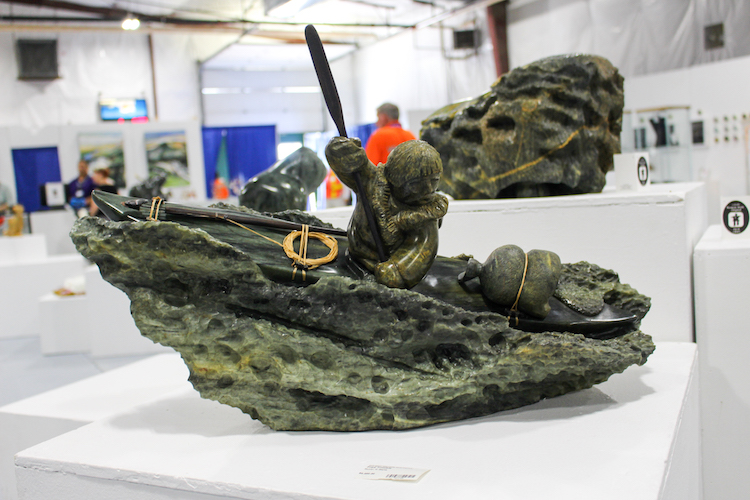
“It’s not something that is meant to be distant. It’s meant to be interactive. Hands on, you know, one-on-one,” says Devlin. “That’s how we built it for 30 years.”
There are some obvious disappointments, of course. Arts and culture are a key part of life in Inuvik, says Devlin, and that’s something that’s been missing a little bit this year.
“A lot of artists look at the arts festival coming up to Inuvik as a major part of their summer. You know, whether it’s just meeting up with old friends, whether it’s just being able to be an artist in a setting, which is just full of art and artists.”
But also, there’s the loss of sales. Not only does the festival have a gallery full of carvings, beading, jewelry, Arctic fashion, and northern-inspired works—all for sale—artists also hold public workshops and perform at nightly shows.
Pre-pandemic, the society had been moving to become a “truly year-round event,” says Devlin. The new GNAF society’s office on Mackenzie Road has a gallery exhibition area, workshop area and photography studio co-operative space.
“It’s set up for people to drop-in,” says Devlin. “This was all part of the idea that we don’t want to just have a craft fair and the arts festival—we want to be something that people know year-round with great workshops out of the space, or a new exhibition every month.”
Closing the doors on that space less than a year after it opened wasn’t easy. But while a free space for expression can help foster artists, a lack of space can’t stop creative drive.
“I think a lot of our arts community took what they do, and they’ve transformed it—basically because of COVID—a little bit,” says Devlin. “You look at Eliza Firth and she came up with her mask… I did this photoshoot and we just posted it up on Facebook not knowing that some other people were starting to work on this mask stuff. And suddenly we joined this much greater, huge community of Indigenous mask makers.”
Over the last few months many Northerners have been working and studying from home. Many more have been furloughed or let go permanently. Some are still out in Northern stores and gas stations, keeping our communities running. Any way it’s cut, we’re all spending a lot more time at home, trying to find ways to occupy our time and channel our energy, thoughts, and feelings.
For filmmaker and virtual reality content creator Nyla Innuksuk, this mandate to stay home means having to postpone the release of her upcoming alien invasion horror feature, Slash/Back, about a group of teen girls in an Arctic town. With only a few pages of the script left to film, the crew was set to travel back to Pangnirtung, NT in March to wrap-up filming, but had to put those plans on hold.
“We don’t want to be the people that bring COVID to Nunavut,” says Innuksuk, originally from Igloolik, NU. Thankfully, at least for continuity’s sake, the last scenes to shoot don’t include any characters—such as the young stars—whose looks may change over the course of months, or years, before travel becomes safer. “We’re very comfortable just waiting until it’s absolutely safe to travel and shoot.”
In the meantime, Innuksuk and her team are still editing, creating the visual effects, and working on a completely original music score with the Ottawa-based Indigenous DJ collective, A Tribe Called Red.

“It’s also a time to be developing projects,” says Innuksuk, who’s the founder of Mixtape VR, which produces virtual and augmented reality content.
“Everything that’s been happening in the world—and I don’t just mean the pandemic, but the open conversation about race and power—has really been inspiring to me creatively,” she says. “I think sometimes with this stuff, you can get really frustrated and angry, and sometimes that anger can be productive.”
Innuksuk and her Slash/Back co-writer, Ryan Cavan, are now working on a second script, drawing on these themes of pandemic and anti-racism. “Which, maybe I wouldn’t have been jumping right into if I had been busy finishing Slash/Back, but this time of just sitting around your apartment, and then also just contemplating stuff that’s happening has made room for another project to start taking place.”
For those who create, times of turmoil can be fuel for creative pursuits. For those who don’t, art still relays important messages. Seeing themselves or their experience reflected elsewhere binds an individual’s experience to a collective one. Artists illustrating and articulating our pain, happiness, grief, anger, and relief all hold the power to soothe souls and connect them.
“It’s a unique opportunity for everybody to be having these conversations that I think people of colour have been having for years,” Innuksuk says. “These conversations [about anti-racism] are things that we’ve been really fighting for. And now it seems like everybody is kind of using the same language now and talking about identity and representation and authentic representation in a real way. So I think that it’s important for everybody—and that includes myself—to be stopping and looking at what we’ve done in the past, or what we’re working on now, and then think like, ‘OK, how can we do better than what we’ve already done?’”
Innuksuk is also working with the Winnipeg Art Gallery and the Glen Gould Foundation on a mixed reality project called Sila, inspired by her ancestor.
Innuksuk’s great-great-grandfather was Aua, who’s known as one of the last great shamans in Nunavut. When she walked into the gallery a few years ago, she saw a replica of his coat on display (the original is held by the Museum of Natural History in New York), which she recognized the design of from watching her father, Pakak Innuksuk, play Aua in the film The Journals of Knud Rasmussen.
“It just made me really curious about the gallery system, about the art world, about how they got that coat, and the process of acquiring that coat,” she says, “and why my family didn’t have it.”
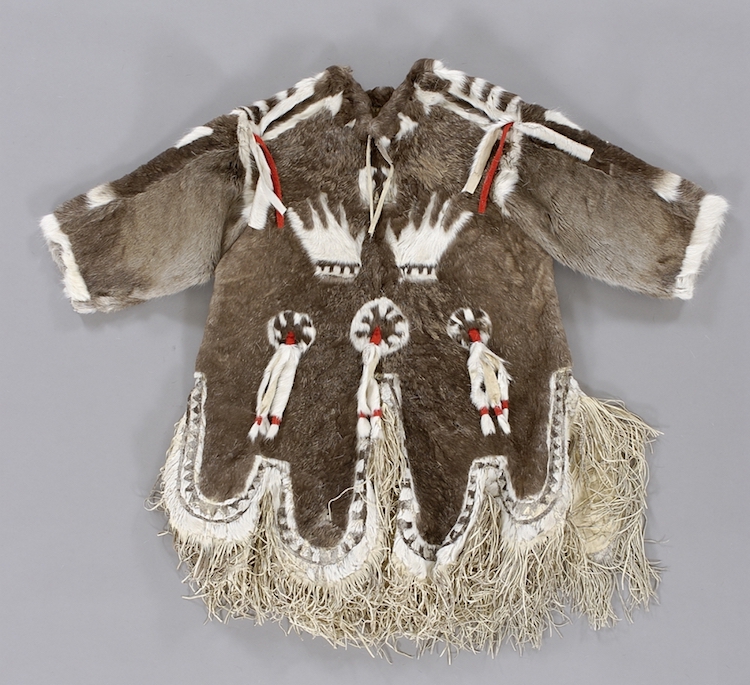
The Sila exhibit tells a story over 100 years, from the 1920s to when this coat was worn by Aua during a time when Inuit spirituality was getting beset by Christianity, and into the present day. “And [it’s] about this idea of Sila, which is this Inuit belief system that suggests that every living thing is connected by this invisible breath,” explains Innuksuk.
Mixed reality is similar to virtual reality, but allows interaction with the virtual elements around the audience. You’re exploring a real, physical space, but with an added virtual layer. Exploring, in this case, meaning touching.
“It originally had the possibility of interactive glass walls,” says Innuksuk. “And it’s like, OK, that’s no longer going to be something that people will want to do, is go to a gallery and touch a wall that they know that 500 people have already touched that day.”
The plan is for Sila to still be ready for January 2022, but the pandemic has caused Innuksuk and the project team to pause and reassess what’s possible in an interactive museum display. For instance, one idea for the project was that each visitor would have a tone or a beat associated with them. As they move around the exhibit and near other people, the sounds blend together.
In this mixed reality experience, you could feel and experience the power of Sila, but as you move through the exhibit, you’ll also be confronted with obstructions that are in the way of connecting with others in the space. As you near the present, there’s work to be done to make those connections again, explains Innuksuk. “And [you] see how you and your physical body are influencing the environment around you and the connection around you.” That connection is hard to make when everyone needs to be two metres apart. There’s also the question of how to safely and properly disinfect shared VR headsets, and a host of other contingencies for a viral problem that may or may not be an issue at all in 2022.
It’s not just gallery spaces that are having to get creative, though. On Instagram feeds and Facebook timelines there has been an explosion of creative endeavours, with people turning to arts and crafts. People are sharing their latest attempt at a new-found hobby. Others are using the time to find, rediscover, or amplify a creative vocation.
“I’ve never been more creative,” says Devlin, who’s also a photographer with—like so many artists—side projects outside of his day job. “I’ll be honest. I have been on a creativity streak for the last four months. And other artists I’ve talked to have felt the same way.”
During this time of confusion and grief, the arts are helping these artists, and the public, process the world around us. It’s how we translate and record the surreality of the events we’ve all experienced these past several months. Art is meditation, expression, and sometimes a form of therapy.
“Just the general sense of anxiety that people have right now, and the anxieties that are arising from not just the pandemic, but the protests and everything will definitely find its way into projects for sure,” says Innuksuk. “As I’ve said, it’s made its way into a project of mine already, so we’ll see.”
In other words, expect a huge influx of inventory for this year’s Christmas craft fair season. “I think the quality and the quantity we’re going to see—it’s going to jump up for sure this year,” says Devlin.

